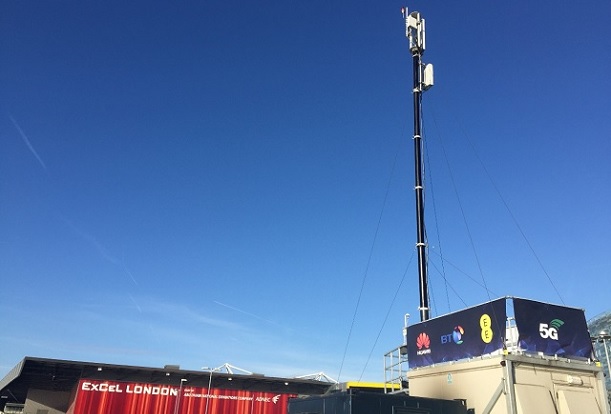Building an Open RAN network is impossible until the legacy of 3G kit and its loyal subscribers can be addressed
Mobile operators are struggling to build Open RAN networks because new ‘open network’ suppliers won’t support 3G, reveals Light Reading.
In the UK Vodafone has 2,500 sites that that were supplied with 3G networking kit by Huawei, now deemed untenable since the government authorities ordered mobile operators to evict the controversial Chinese vendor by 2028. All mobile operators across Europe are looking to build open radio access networks (Open RAN) but while many of the new suppliers are forward thinking they are not historically literate. Their inability to support 3G creates a massive compatibility problem that hinders any transformation.
“Open RAN is not geared up to 3G,” said Ker Anderson, Vodafone UK’s head of radio told a conference. As a result, replacing the 3G Huawei kit with open RAN serving 2G, 4G and 5G creates a dog’s dinner of a network with mismanaged traffic and a performance problem.
Some Open RAN advocates can’t interface 3G
Traditionally all Vodafone’s network kit came from Ericsson. Open RAN obliges them to redesign interfaces so that operators can mix and match suppliers.
Vodafone, is buying software and radios from Samsung, radios from Japan’s NEC, Intel-based hardware servers from Dell and cloud infrastructure from Wind River. The conformance and interoperability are all tested using services from Keysight and Capgemini.
In order to free up spectrum and support the Open RAN shift, Vodafone has now moved all its 2100MHz spectrum – bought in a 3G auction – over to its 4G network. A similar process is underway for 900MHz spectrum. Vodafone has already carved out a contiguous 10MHz block in this band for its 4G services, allowing it to provide better in-building coverage for any 4G devices.
The plan is to phase out 3G entirely but Anderson says he expects his 3G network to go down. Indeed it will fail on a weekly basis as more people buy and upgrade handsets. “We will gradually evolve 900MHz to move to 5G and ultimately there will not be a need for it on 3G,” said Anderson.
Mobile operators across Europe will have customers who rely on 3G technology. While 90 per cent of data traffic might run on the 4G network, any installed base will include many tech dissenters who have not upgraded their handsets for years, said Anderson. Others have 4G-capable phones with 3G subscription plans. Another problem is presented by old firmware on 4G-capable devices, which ties users to a 3G service.
3G just won’t die
This means 3G may be around many years more than ‘experts’ predicted. The costs of operating two parallel networks are so high that the legacy of 2G and 3G will be Open RAN’s biggest challenge, said John Strand, the CEO of advisory group Strand Consult.
Millions of people in Africa, Latin America and Asia still use phones that only support 2G and 3G. Open RAN technologies, he says, “are not solutions that can replace existing networks in Europe, Africa and Latin America.” Unexpected capital expenditure will run into hundreds of millions of pounds and euros, Anderson warned.
Samsung was unveiled in August as Vodafone’s main Open RAN partner and it is building a system to include 2G as well as 4G and 5G technologies. Other Open RAN vendors must include legacy support. To this end Mavenir has announced the commercial readiness of a 2G architecture, while its rival Parallel Wireless has pledged to support both 2G and 3G products to its customers.
However Anderson said he expects 2G to outlast 3G and still be around when he retires – and he is not planning to give up work any time soon.



